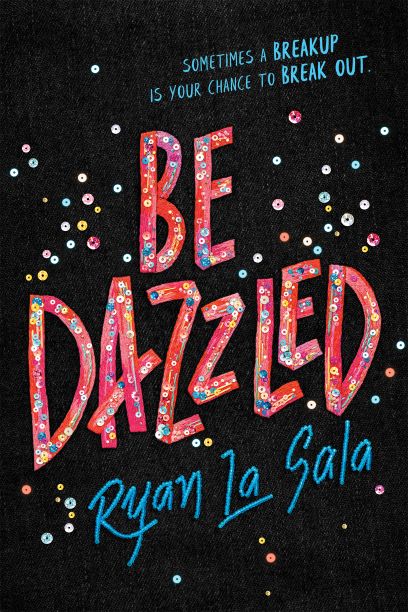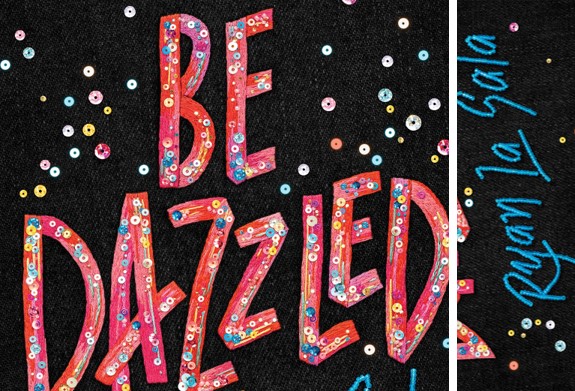As with anything introduced to a class that is not assessed or connected to the curriculum in an explicit way, the follow through by students is going to be varied. But generally, the number of boys who jumped on board, has been limited. Because most boys didn’t use their social media site voluntarily, I initiated a new rule. Cards would not be stamped by staff unless the students showed they had contributed a review. I made it mandatory. I mean, it always was, but until I actually gave an incentive to write, they didn’t complete the task.
Still, they use it sparingly and in superficial ways. No matter how much I push the idea that social media can be used in different contexts, they do not treat it like it’s worthy of their best efforts. As well, each site has drawbacks that have implications for boys being able to use it appropriately.
Because each class is quite different, it is not clear whether the best app is the best app because it is being used by the best class, or if it’s the app itself. I want to highlight some of the positives and some of the negatives that have been discovered during the last two months.
Note this term, all classes are reading Dragonkeeper by Carole Wilkinson (2003) as their English novel, so it has been used as a way to start discussions and receive comments. Also, each image is a thumbnail to limit their size and space they use. Click on the image to see it in more detail.
7A Goodreads
Positives. I have been able to create a private group, so that students can discuss a book together without it being public. I have started two discussion boards about Dragonkeeper, and students have been adding comments and thoughts about it. (see image on right). It also allows those boys who are ardent readers to add more books from their reading history, and keep a record. They can also create shelves, and update reading progress and comment along the way. They can connect to other readers outside the gro up and find books similar to ones they like. (see image on left. Zak has not read 45 books since we started this activity).
up and find books similar to ones they like. (see image on left. Zak has not read 45 books since we started this activity).

Drawbacks. It is difficult to use at school because the website is classed as ‘social network’, and our security system (Netbox Blue) blocks its content and students can’t always get on. Also, our network sometimes makes it impossible for students to create their account at school, so I had to rely on them doing it at home, and without constant reminders, some students did not create a log on. The mobile app version, used on the boys’ iPads did not always work consistently with the group account. Boys found it difficult to locate the poll, and comment through the discussion topics. It was also not clear how to reply to other’s posts. The app has been frustrating for all of us. It is impossible for me to ask the boys to complete work on Goodreads at school because not all students will have access.
7B Blackboard Blog
Positives. This is the most difficult class, in terms of both ability and behaviour (coincidence? I think not). Putting them onto the most controlled environment was deliberate. It didn’t require them to create a new log on, or have to deal with a new site. It only allows them to add posts, and comment on others. It is totally private and no one else can see what they are posting.
Drawbacks. It is not very appealing in terms of design or format. It doesn’t allow the students any freedom to customise or personalise. It is evident, based on the comments on this particular post (see image below) that the students are not inclined to be thoughtful or relevant. They also write very little about their own reading. (see image on right) 

7C Wikispaces
Positives. I like that this site forces the boys to learn to be creative with the technology as well as using it as a writing tool. Each student has to design their own page, which has been a challenge for a lot of them. Students can easily access and see what other classmates are reading, and have been extremely happy to comments on each other’s pages. I added a page specifically about Dragonkeeper, which has added to their conversations (see image on left).

Drawbacks. The students have really struggled with having to create their own pages. The image upload and insert is glitchy, and students’ book covers are being replaced when others upload, and that really isn’t good enough. Lots also struggled to create a log on. If they didn’t manage to complete that task in class with me walking them though it on the first day, they then had it do it alone and some took a month to finally join the group. This is the only site where boys ‘nark’ each other. One student has told me he is not going to post again, so I will have to sort that out. Here are a couple of examples of the best and worst attempts so far. (see below images).


7D Riffle Books
Positives. It has been easy for the students of this class to find and ‘follow’ each other (see image on left).  It’s a clean and uncluttered space, and there is a simple way to add books and reviews. There is a nice feature which allows members to create lists, and some students have taken the opportunity to do that. Here is the profile of the most prolific reader. (see image on right)
It’s a clean and uncluttered space, and there is a simple way to add books and reviews. There is a nice feature which allows members to create lists, and some students have taken the opportunity to do that. Here is the profile of the most prolific reader. (see image on right)
Drawbacks. It’s a relatively new site and being US based, it often doesn’t have the Australian books that my boys read. We have been unable to use it as a way to confirm the book has been read. It also doesn’t have the option (which GR does) for people to manually add titles. It doesn’t let me create a group, or a poll, and there isn’t the option to create shelves, or update reading progress.
7E Edmodo
Positives. It is another uncluttered space, which is very user-friendly. I created polls, to which the boys responded enthusiastically (see image on left). It is easy to work on simultaneously, and it has been the  most active site of all of the ones used. It works like a facebook page, so it encourages short, snappy posts, although images are easily added. I think it is just the calibre of this class, but their posts have been the most articulate, the most thoughtful (see image on right).
most active site of all of the ones used. It works like a facebook page, so it encourages short, snappy posts, although images are easily added. I think it is just the calibre of this class, but their posts have been the most articulate, the most thoughtful (see image on right).
Drawbacks. Another example of a place where students have to be invited, and if something goes amiss with them receiving the group code, or not setting a log on in a timely fashion, some boys delayed their inclusion for a long time.
7F EduBlogs
Positives. As with the case of the wiki, the ability to allow students to learn how to create their own space is highly desirable. A blog gives students more freedom, more flexibility, and more ownership. It really is their space. Here are some examples: Sam’s; Artie’s and Jack’s.
Drawbacks. It is much harder for the students to comment on each other’s posts. They have to log into mine first, then log into the person’s blog, and then sign into Edublogs again, to ensure their comment is identifiable. I also had some boys who still haven’t created a blog, and following up on this has become a discipline issue, one I would rather not have to pursue.
This has been the most frustrating part of the exercise with the majority of the classes, and it is a reminder that getting students set up deserves quality time devoted to it. Although the use of social media has not been consistent throughout, and the sites themselves are often unreliable, the main outcome was to improve borrowing rates and give Year 7s incentive to read. I believe that result has been achieved.




































